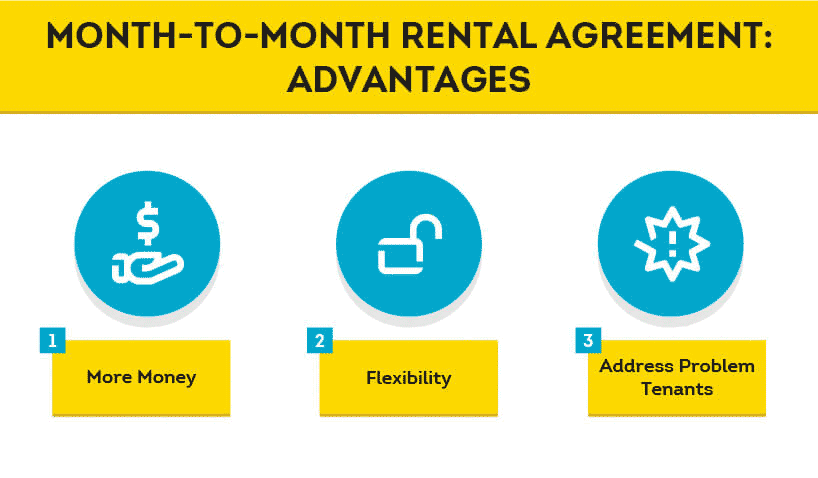When it comes to rental agreements, freedom is frequently a goal for both landlords and tenants. That's wherever month-to-month leases come into play. These preparations are growing in recognition, particularly in markets where tenants prioritize short-term commitments and property demand fluctuates. But month to month vs yearly lease, and why is it different from standard fixed-term leases? This guide explores the important thing aspects of month-to-month leases, helping you understand their benefits, negatives, and how they function.

What Are Month-to-Month Leases?
At their core, a month-to-month lease is really a rental contract that quickly renews at the end of each month unless terminated by possibly party. Unlike common leases that an average of last 6 to 12 weeks, month-to-month leases don't lock tenants or landlords in to a long-term commitment. This function makes them specially interesting in scenarios wherever flexibility is key—such as for example temporary move, testing out a new living condition, or managing uncertain employment conditions.
The landlord and the tenant normally have to provide written notice—typically 30 days—before terminating the agreement. However, regional regulations may influence the particulars of recognize intervals, therefore it's important to test rules in your area.
Great things about Month-to-Month Leases
Month-to-month leases present various advantages that focus on adjusting preferences and circumstances. Here are a number of the prime advantages:
Freedom
For tenants, the capability to leave with little notice is extremely important, particularly in conditions like work changes, move, or shifting life circumstances. Landlords also benefit by getting the flexibility to modify hire terms more frequently or re-evaluate tenants if necessary.
Chance for Value Changes
Landlords may re-evaluate the marketplace charge more regularly, ensuring their hire cost continues aggressive and suits current housing demand. This regular pricing update is not possible with fixed-term leases, which on average lock in phrases for his or her duration.
Conference Short-Term Wants
For tenants needing short-term housing—such as for example touring experts or students on short-term assignments—month-to-month leases provide a useful solution.
Drawbacks to Contemplate
Whilst the benefits of month-to-month leases are obvious, there are some negatives to keep yourself updated of:
Not enough Security
Tenants and landlords both face the uncertainty that accompany shorter commitments. Renters may find themselves scrambling to protected long-term property rapidly, while landlords may possibly struggle with repeated tenant turnover.

Potentially Larger Fees
Month-to-month prices tend to be pricier than fixed-term agreements to pay for the flexibility they offer. Tenants considering this method could need to consider ease against cost.
Is just a Month-to-Month Lease Proper for You?
Month-to-month leases are a adaptable rental answer, catering to people who price adaptability over long-term commitment. However, knowledge potential trade-offs such as for instance price and uncertainty is crucial. For equally tenants and landlords, these agreements offer options to adjust to adjusting wants in an energetic housing market.
